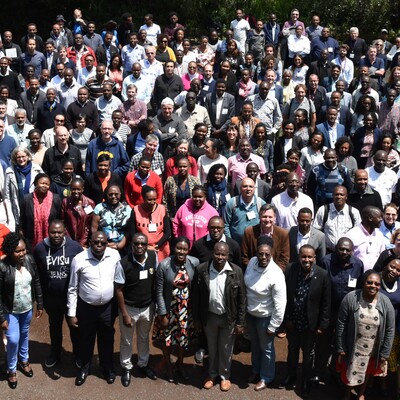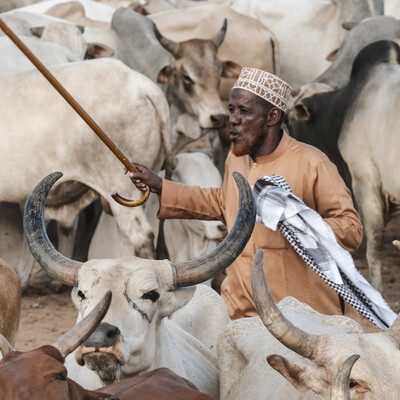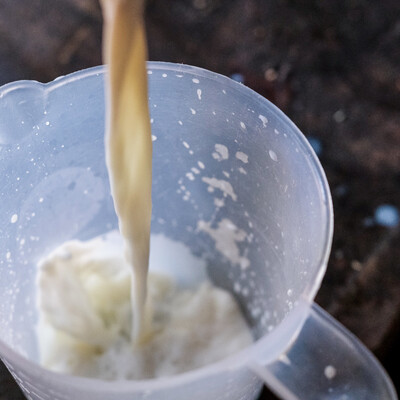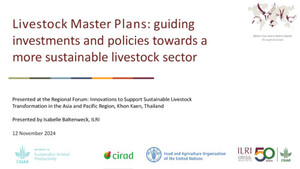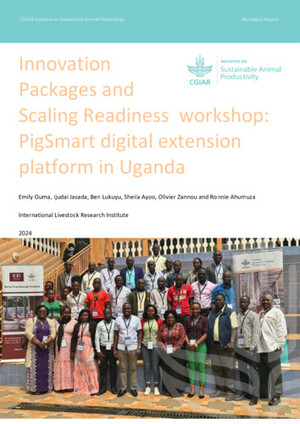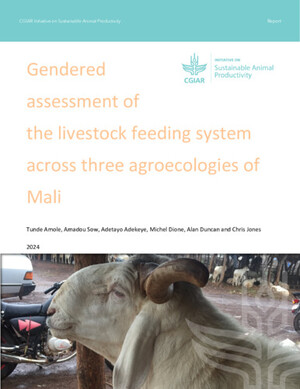
Celebrating International Women’s Day: gendered challenges and opportunities in livestock value chains
Women and livestock
The role of women in agricultural production cannot be overstated. As articulated in this infographic, half of all farmers in the developing world are women. The need to bridge the gender gap in agriculture has been well highlighted in reports and studies including this FAO report on building the gender gap in agriculture, which notes that women make up to half of the agricultural workforce in some developing countries.
In a book published by the International Livestock Research Institute (ILRI) in collaboration with the International Development Research Centre (IDRC), livestock are described as one of the largest non-land assets widely owned by rural households. The book ‘Women, Livestock Ownership and Markets’ equally notes that different livestock and livestock products have different importance for women. Previous studies conducted by ILRI have demonstrated that livestock are an asset that women can own more easily (see discussion paper here).
Kathleen Colverson, a senior gender scientist leading the gender team at ILRI emphasizes that gender research is critical for success in agricultural research for development, because there can be no success in such interventions without considering the whole farming system in which gender is a critical component. This is especially critical for increased technology adoption because the impact and effectiveness of technological and social interventions is different for men and women.
Livestock value chains
A livestock value chain includes the full range of production, processing and delivery activities from farm to fork. Value chains are gendered from the beginning to the end, with women and men providing labor for and controlling different segments, and obtaining unequal benefits. In the livestock value chains, men and women have different roles and interests. However, the livestock value chains are more complex than crop value chains and hence calls for a more gendered approach to ensure equal benefits for both men and women.
As we mark this year’s International Women’s Day whose theme is “equality for women is progress for all”, the need to consider gender and inclusion of women in livestock value chain interventions is at the core of ILRI’s gender team objectives.
As highlighted in the presentation also published on ILRI news, gender must be integrated into livestock research, and different value chains must be assessed differently because women and men typically provide different kinds of labour and work in different segments of the chains. However, women’s contributions to livestock value chains are often hidden and they face large hurdles in benefiting from their large livestock labours. Suffice to say, this in turn has an impact on the overall benefits to the entire household, given the significant roles women play in households. It has been demonstrated that if given access to the same resources as men, on farm yield would increase by more than 20% which could in turn reduce the number of hungry people in the world by 12-17% (see facts here)
Walking the talk
For success in value chain development interventions in terms of increased productivity and improved livelihoods, women’s participation in these value chains must be optimized. There must be gendered assessment of the value chains so that women’s priorities and concerns are addressed in view of women as significant contributors in the agricultural production systems. ILRI is at the fore front in championing gendered analysis of value chains and engendering value chain development interventions:
- Capacity development of gender practitioners to equip them with the necessary skills to enable them approach issues in livestock value chains form a gendered perspective. Implemented under the gender theme of the CGIAR research program on Livestock and Fish, ILRI has produced a training manual and in the past one year trained more than 250 participants from different CGIAR centres, partner organizations and value chain actors (in six countries)to increase their gender capacity.
- The gender team has further carried out a review of the value chain assessment toolkit to ensure that gendered aspects are considered in value chain development studies
- ILRI is looking into creating gendered monitoring, evaluation and learning indicators for impact assessment of value chain development interventions
Additional resources
Download a gender trainers manual for closing the gender gap in Agriculture
Download the Livestock and Fish gender strategy
World Development Report 2012: Gender Equality and Development





